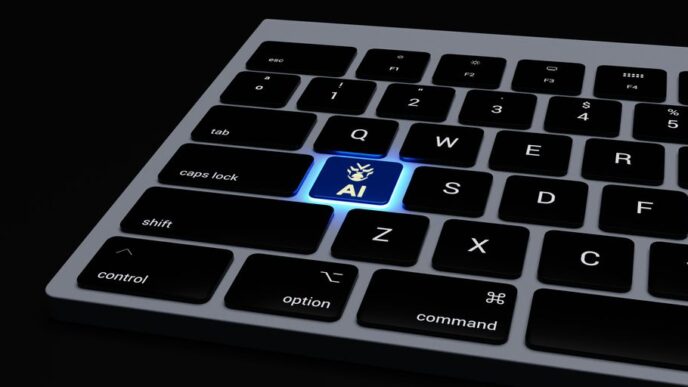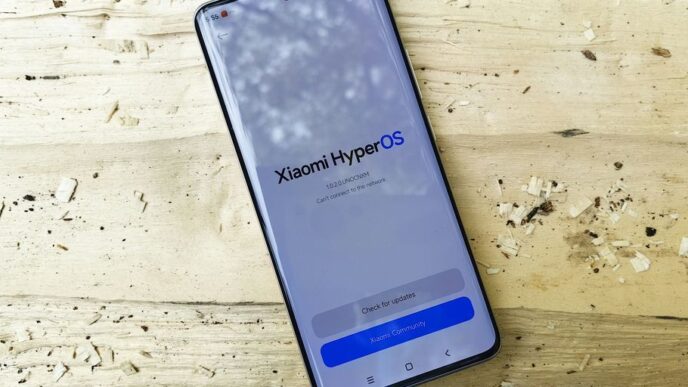Finding the right influencers to promote your brand can feel like searching for a needle in a haystack. With so many influencer marketing platforms to choose from, how do you select an influencer that will truly resonate with your target audience and drive results? The key is analyzing the right influencer metrics to understand an influencer’s real impact. In this post, we’ll explore the top 5 metrics to help you find influencers that check all the boxes.
Number of Followers/Subscribers
The first influencer metric most people look at is the size of an influencer’s audience. Influencers are typically categorized based on their number of followers:
- Nano-influencers (1,000 – 5,000 followers)
- Micro-influencers (5,000 – 50K followers)
- Rising star influencers (50K – 500K followers)
- Macro-influencers (500K – 1M followers)
- Celebrity influencers (1M+ followers)
It’s tempting to only consider influencers with huge follower counts. But bigger isn’t always better. Mega influencers often have such tight schedules that getting onto their radar is no easy task. Plus, engagement starts to drop off at extremely high follower counts. Micro-influencers tend to have the highest engagement rates, making them very effective at driving conversions and sales.
Reach vs. Impressions
Two other common social media metrics are reach and impressions. Reach refers to the number of unique people who see a post. Impressions measure how many times a post appears in someone’s feed. These metrics provide a high-level snapshot of an influencer’s potential visibility. But someone may see a post without truly engaging with it. To understand true engagement, you need to analyze interactions like likes and comments.
Engagement Rate
Unlike reach and impressions, engagement rate shows how well an influencer’s audience actually interacts with their content. It’s calculated by dividing an influencer’s total engagements by their number of followers. Engagement rate is crucial for predicting how your brand’s content might perform. You want assurance you’ll reach a real, active audience—not just inflated vanity metrics. As a rule of thumb, standard influencers have 1-3% engagement. But small and niche influencers often achieve 4-10%.
Fake Followers/Influencer Authenticity
With so much focus on followers and engagement, some influencers artificially inflate their numbers with fake or “spammy” followers. That’s why assessing influencer authenticity is critical. Thankfully, tools like Upfluence can detect fake followers to reveal an influencer’s “realness.” We recommend partnering with influencers that have at least 90% real followers. You can use a good platform to find influencers for free. Some inactive accounts can still follow an influencer organically. You can double-check authenticity by scanning their comments and likes for spam. But overall, 90%+ realness means you’ll reach a predominantly real audience.
Branded Content Frequency
The last influencer metric to analyze is an influencer’s branded content frequency—or how often they post sponsored content. Some influencers post too frequently or work with too many brands. This causes “influencer fatigue,” reducing audience trust and engagement over time. Check an influencer’s feed to gauge how saturated it is with branded content vs. organic posts. As a general rule, influencers shouldn’t have over 50% branded content. But the real test is if their branded content still drives strong engagement—ideally equaling or exceeding their normal rates.
Conclusion
With the right influencer metrics, you can effectively evaluate influencers and select ones poised to drive real results. Focus less on vanity metrics like followers and impressions, and instead analyze engagement, audience authenticity, and branded content frequency. This data-driven approach will lead you to influencers with an engaged audience primed for your brand’s message.












